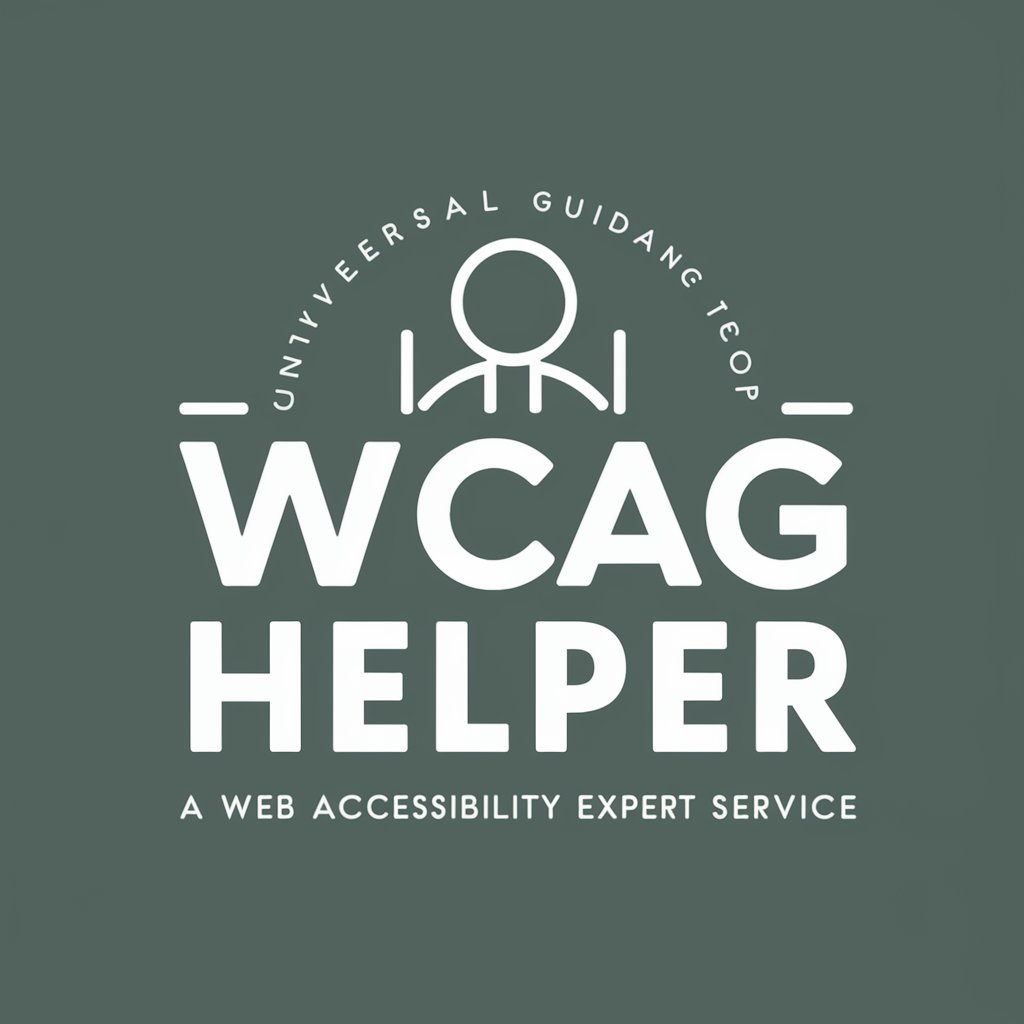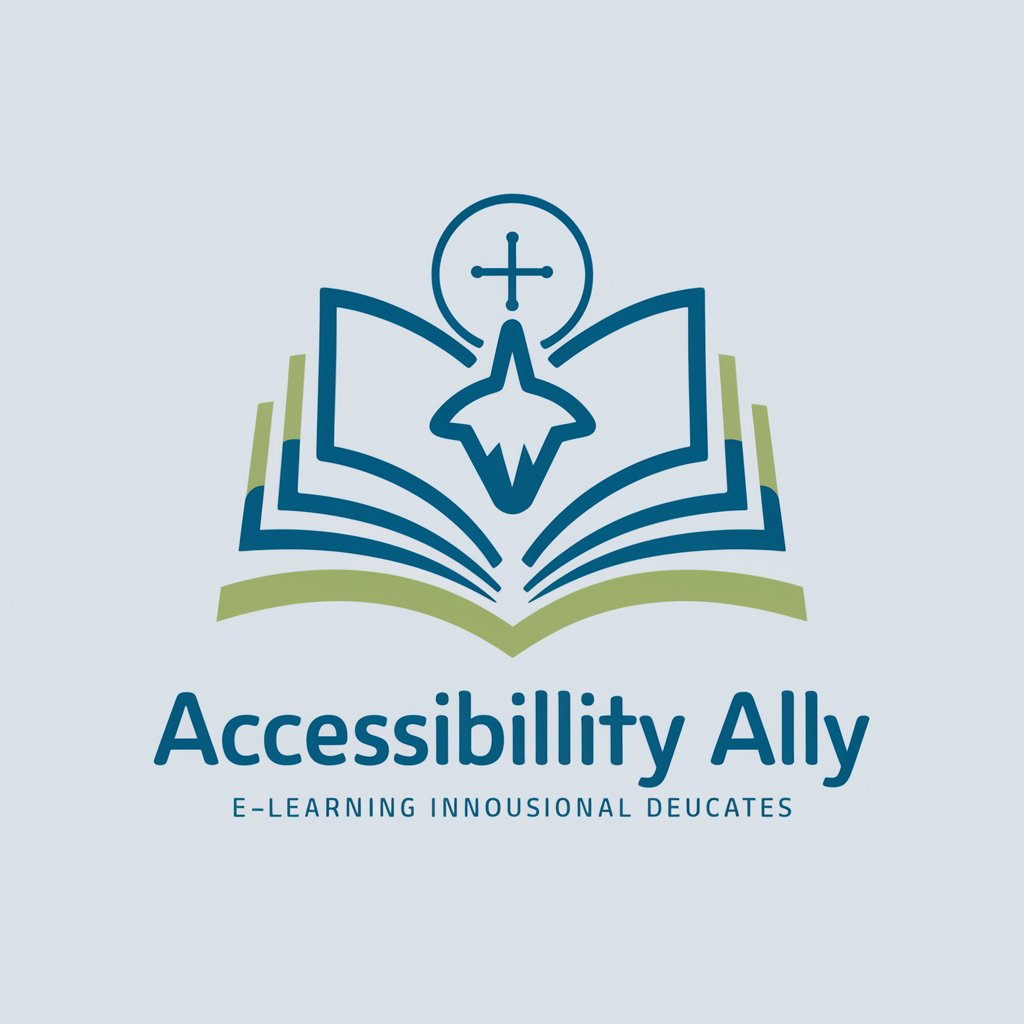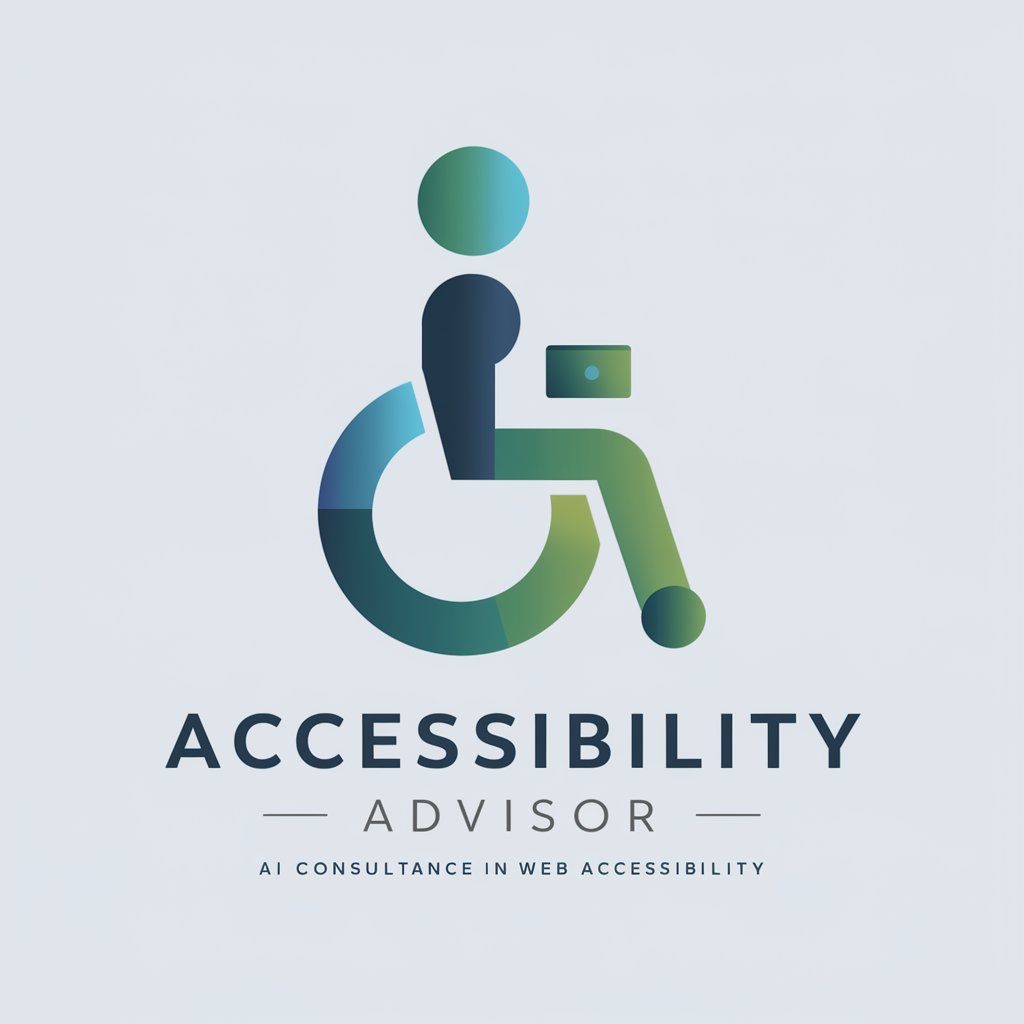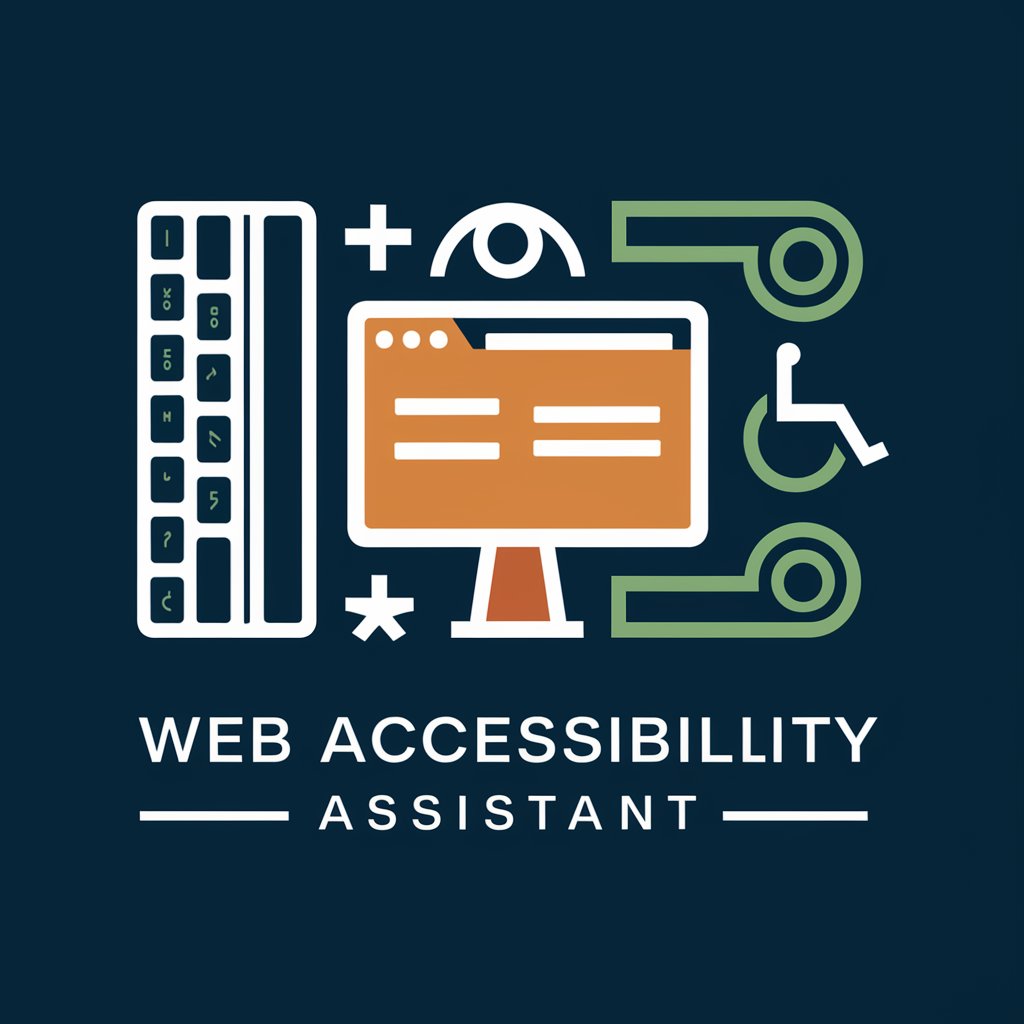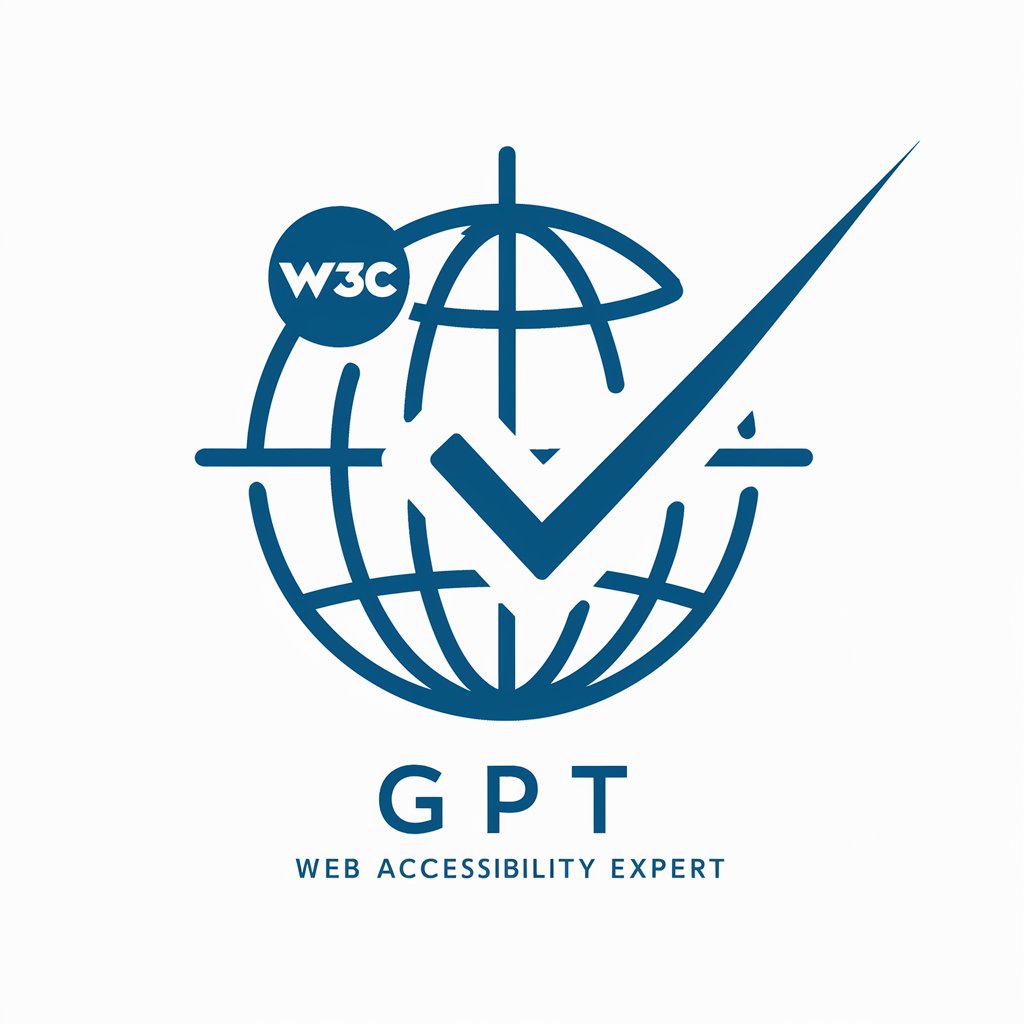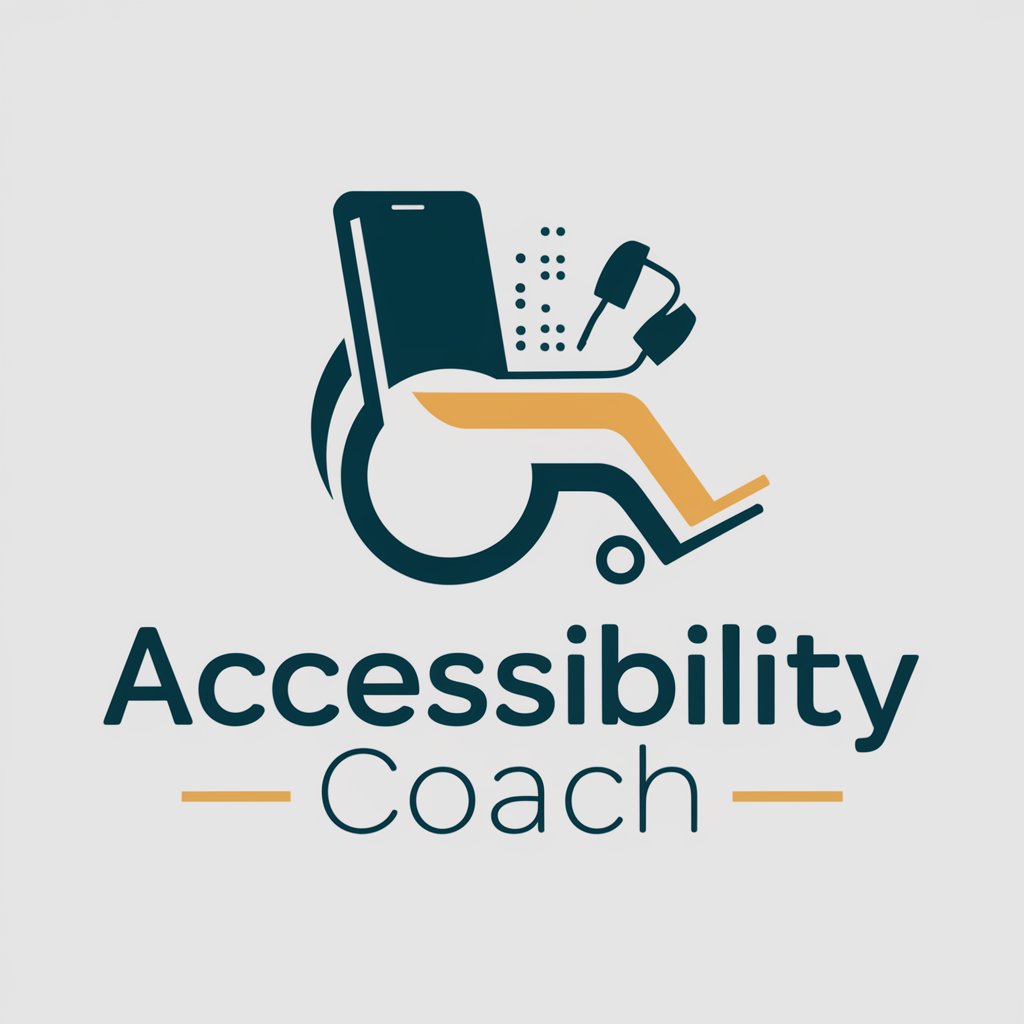
Web Accessibility Guide - Accessibility Compliance Tool
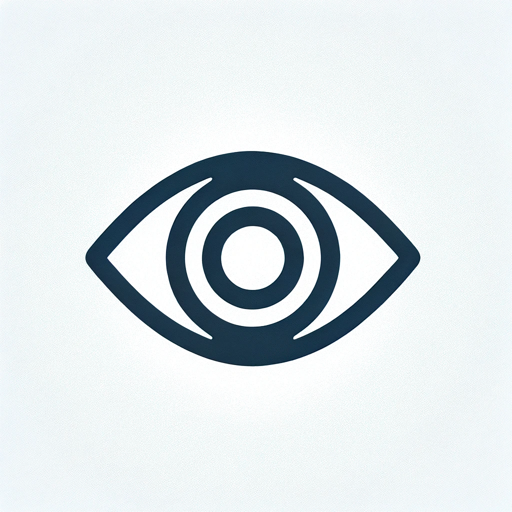
Hello! Let's make the web accessible together!
Empowering Inclusive Digital Experiences with AI
How can I improve my website's accessibility?
What are the latest WCAG guidelines?
Can you review my site for accessibility issues?
Explain ARIA roles and their importance.
Get Embed Code
Overview of Web Accessibility Guide
The Web Accessibility Guide is designed to assist in making online content and services accessible to all users, regardless of their abilities or disabilities. Drawing from the Web Content Accessibility Guidelines (WCAG) and expert resources, it provides comprehensive advice on designing, developing, and maintaining websites that are inclusive and accessible. For example, it can guide a website designer in implementing text alternatives for non-text content, ensuring that users with visual impairments can still access information through screen readers. Powered by ChatGPT-4o。

Key Functions of Web Accessibility Guide
Accessibility Auditing
Example
Evaluating a website to identify accessibility barriers.
Scenario
A university's website undergoes an accessibility audit to ensure it meets WCAG standards, enabling students with disabilities to access online resources effectively.
Guidance on WCAG Compliance
Example
Providing specific recommendations to meet WCAG criteria.
Scenario
An e-commerce platform consults the guide to improve keyboard navigation for users with motor impairments, ensuring compliance with WCAG 2.1 guidelines.
Educational Resources
Example
Offering learning materials on accessibility principles.
Scenario
A web development team uses the guide's resources to train new members on accessibility best practices, fostering an inclusive design culture.
Technical Support
Example
Answering specific technical queries related to web accessibility.
Scenario
A small business owner receives assistance in implementing ARIA (Accessible Rich Internet Applications) roles to enhance the accessibility of dynamic content on their site.
Target User Groups for Web Accessibility Guide
Web Developers and Designers
Professionals involved in creating and maintaining websites who require guidance on implementing accessible design principles, ensuring their sites can be used by people with a wide range of disabilities.
Organizations and Businesses
Entities that aim to make their digital content accessible to a broader audience, including those with disabilities, to comply with legal requirements and improve overall user experience.
Educational Institutions
Schools and universities that need to make their online learning platforms and resources accessible to all students, including those with disabilities.
Government Agencies
Public sector organizations that are required to adhere to accessibility standards, ensuring their websites and digital services are accessible to all citizens, including those with disabilities.

Guidelines for Using Web Accessibility Guide
Initial Access
Visit yeschat.ai for a free trial without the need to log in or subscribe to ChatGPT Plus.
Understand Accessibility Principles
Familiarize yourself with the Web Content Accessibility Guidelines (WCAG) to better understand the standards Web Accessibility Guide aims to meet.
Explore Features
Experiment with different functionalities such as analyzing web content for accessibility compliance, generating accessible web designs, and receiving tailored advice.
Apply to Web Projects
Utilize the tool in real-world scenarios, such as website development or content creation, to ensure your web assets are accessible to all users.
Seek Continuous Improvement
Regularly use the tool to stay updated with the latest accessibility standards and incorporate feedback into your web projects for ongoing enhancement.
Try other advanced and practical GPTs
ウミガメのスープ (Umi Game no Soup)
Unravel Mysteries with AI Guidance
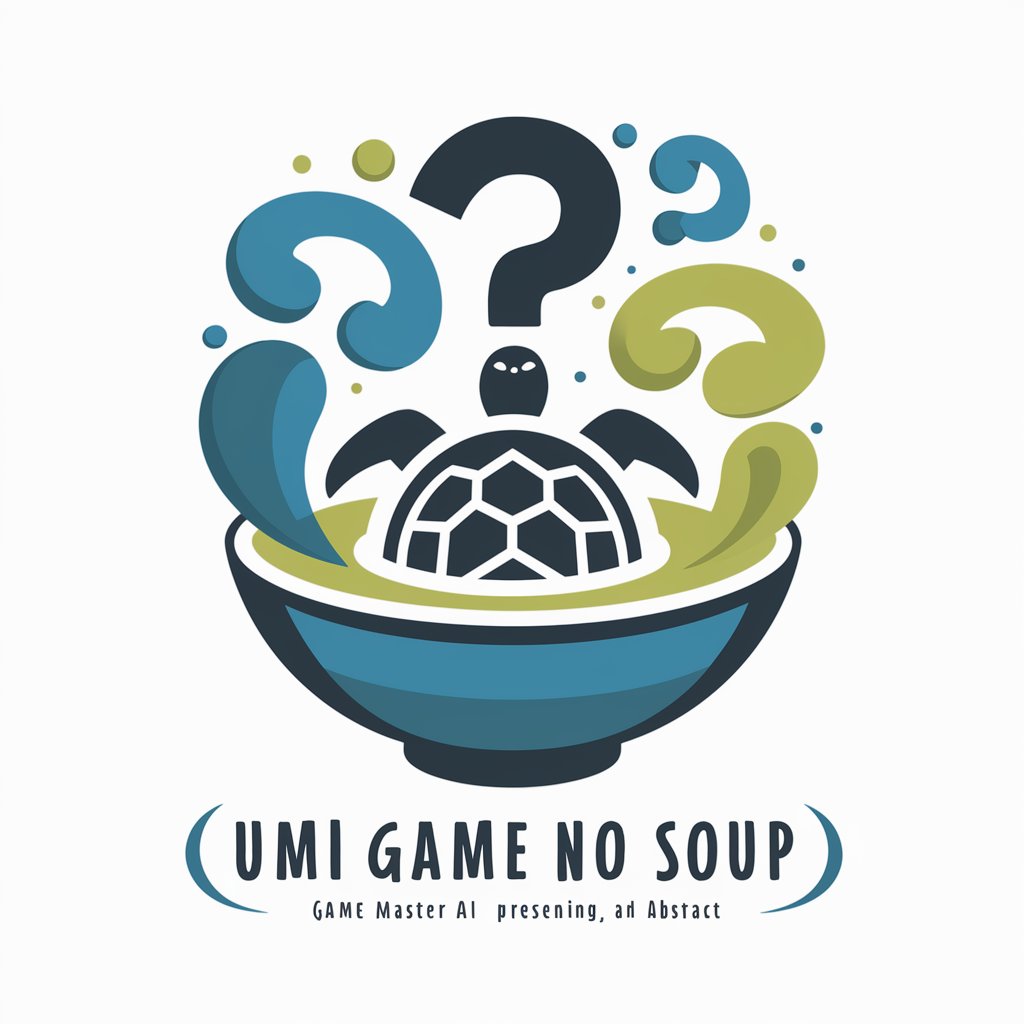
Lean Larry
Empowering Startups with AI-Driven Lean Strategies

Global News Guide
AI-Powered, Real-Time Global News at Your Fingertips

Escape with Yui
Navigate a Virtual Escape with AI Guidance

Script Nexus: Scriptwriting Examiner
Crafting Stories with AI Insight

Prompt Master
Optimize Your Queries with AI Precision
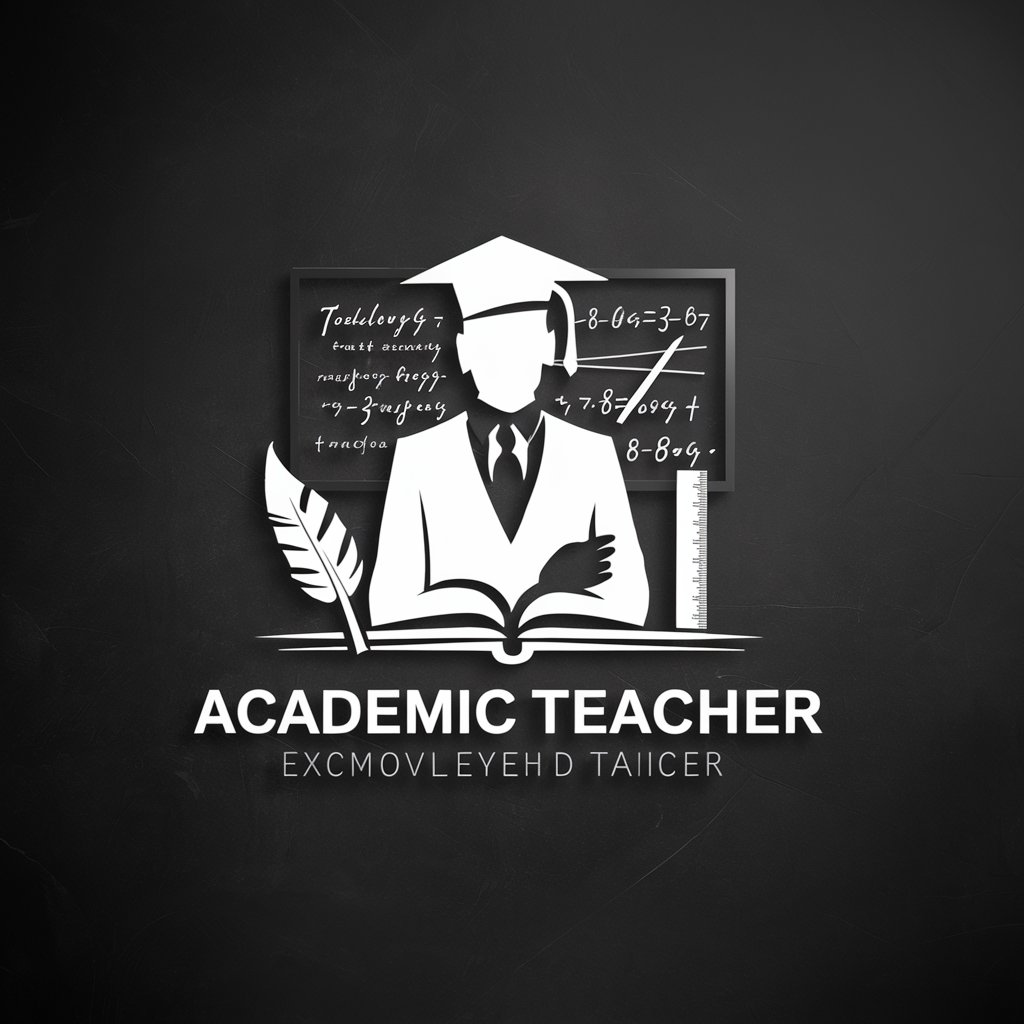
Let's talk about your favo
Dive into your favorite worlds with AI
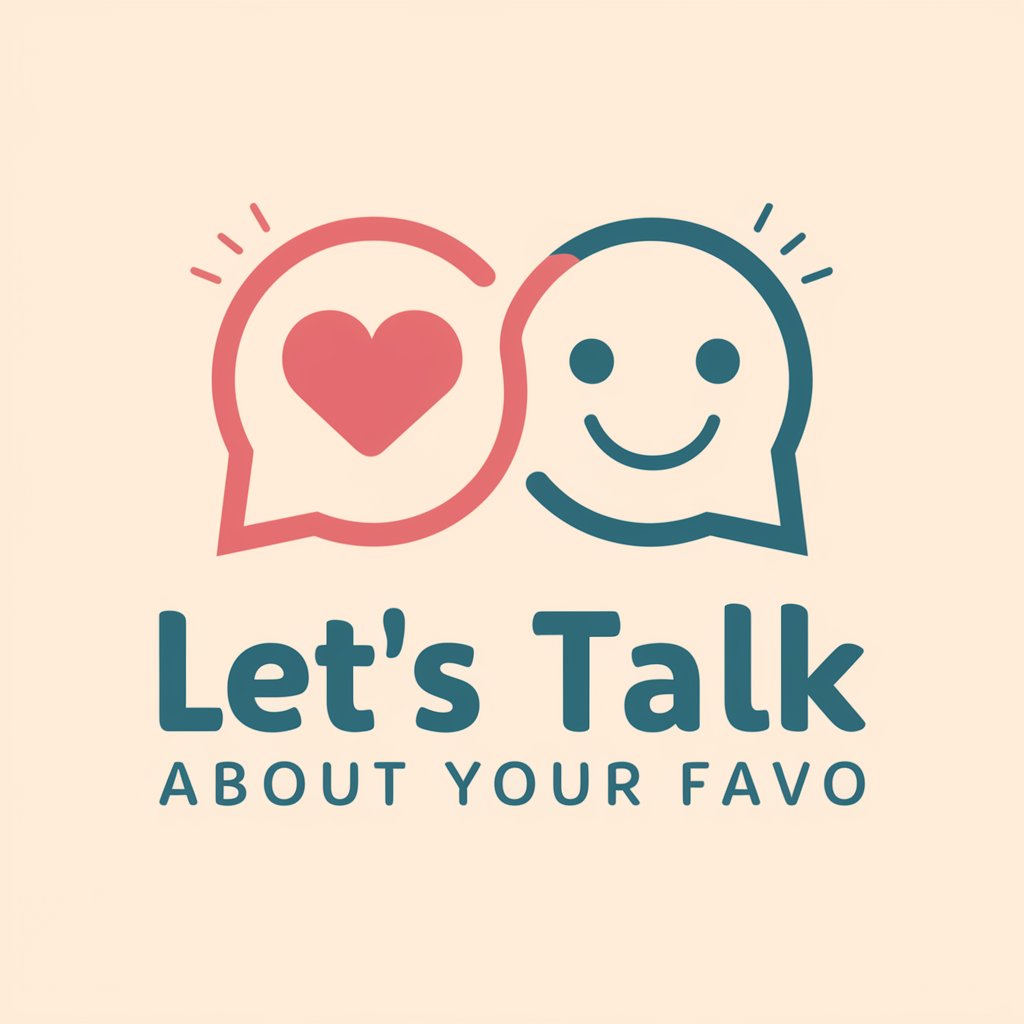
住所探しのお手伝いさん.
Discover Japan with AI-Powered Address Insights

Anime Art Creator
Bringing Your Anime Visions to Life

Copywrite Companion
Empowering Your Words with AI
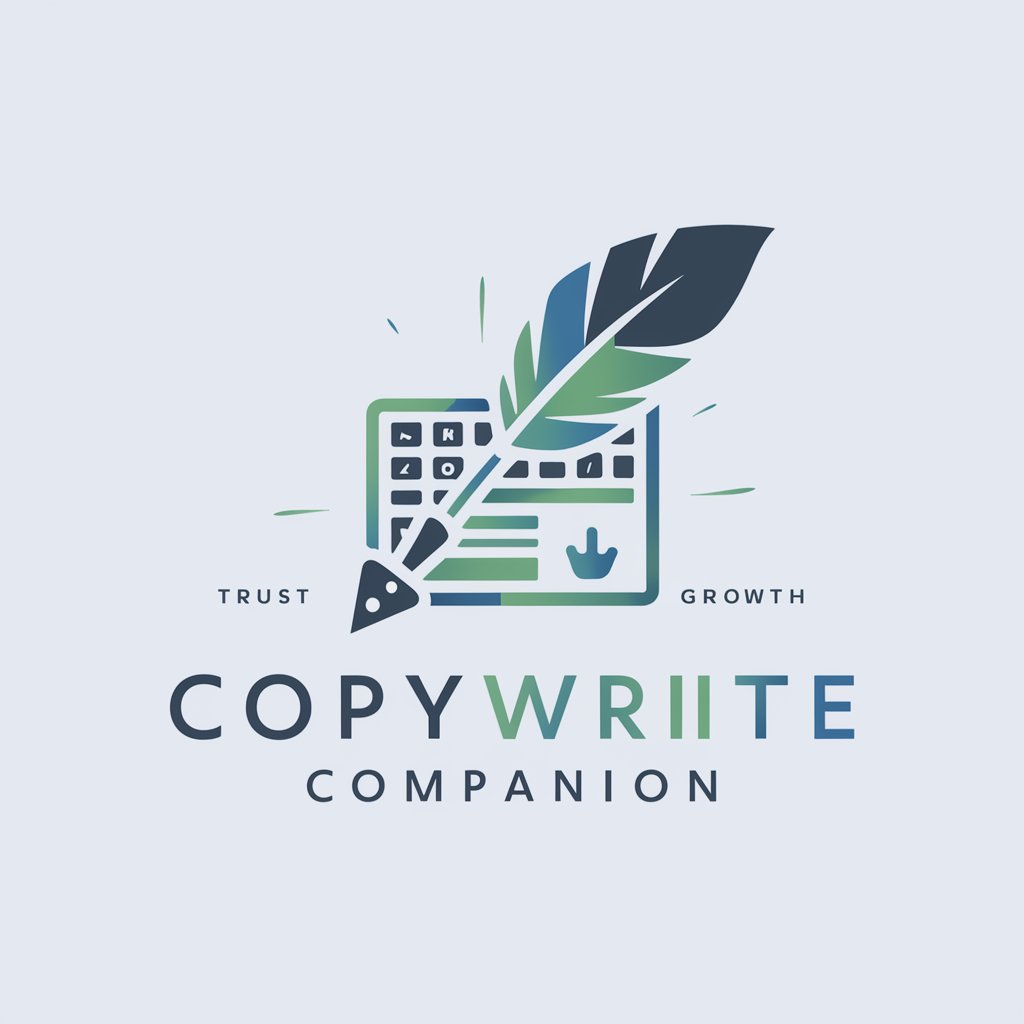
ニュース要約くん
Condensing News with AI Precision
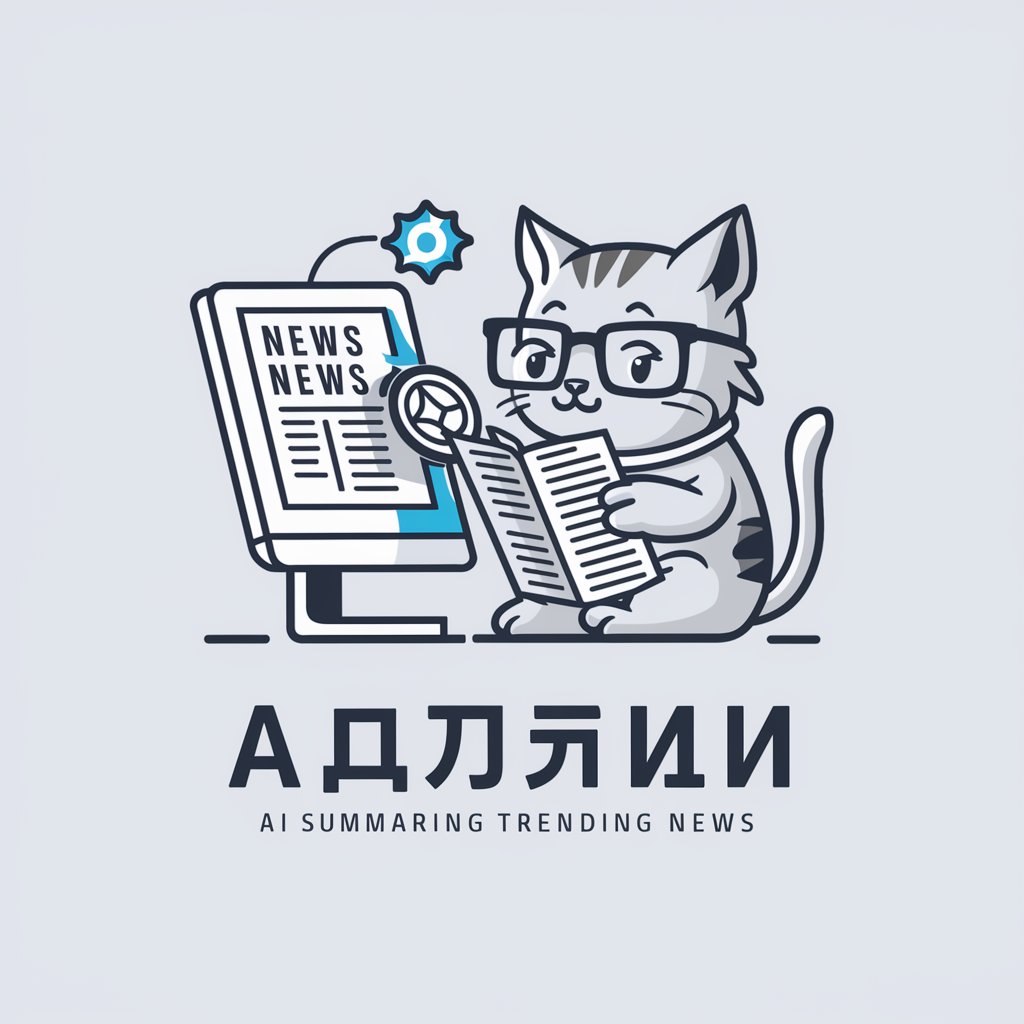
インスタ映えメニュー開発GPT
Crafting Eye-Catching Menus with AI

Frequently Asked Questions about Web Accessibility Guide
What is the main purpose of Web Accessibility Guide?
Web Accessibility Guide is designed to help users ensure their digital content and web interfaces are accessible to all, including individuals with disabilities, by adhering to established web accessibility standards.
How can Web Accessibility Guide assist in web design?
The tool provides insights and recommendations for creating web designs that are inclusive, offering features such as color contrast analysis, text readability assessment, and navigation accessibility evaluation.
Is Web Accessibility Guide suitable for non-technical users?
Yes, it's user-friendly and geared towards both technical and non-technical users, providing easy-to-understand advice and actionable steps for enhancing web accessibility.
Can this tool help in achieving legal compliance for web accessibility?
While Web Accessibility Guide is a valuable resource for improving accessibility, it should be used in conjunction with legal advice to ensure full compliance with specific laws and regulations.
Does Web Accessibility Guide offer ongoing updates in line with changing standards?
Absolutely, the tool is regularly updated to reflect the latest in web accessibility standards and best practices, ensuring users are always equipped with current information.
